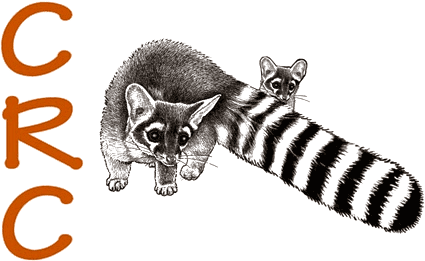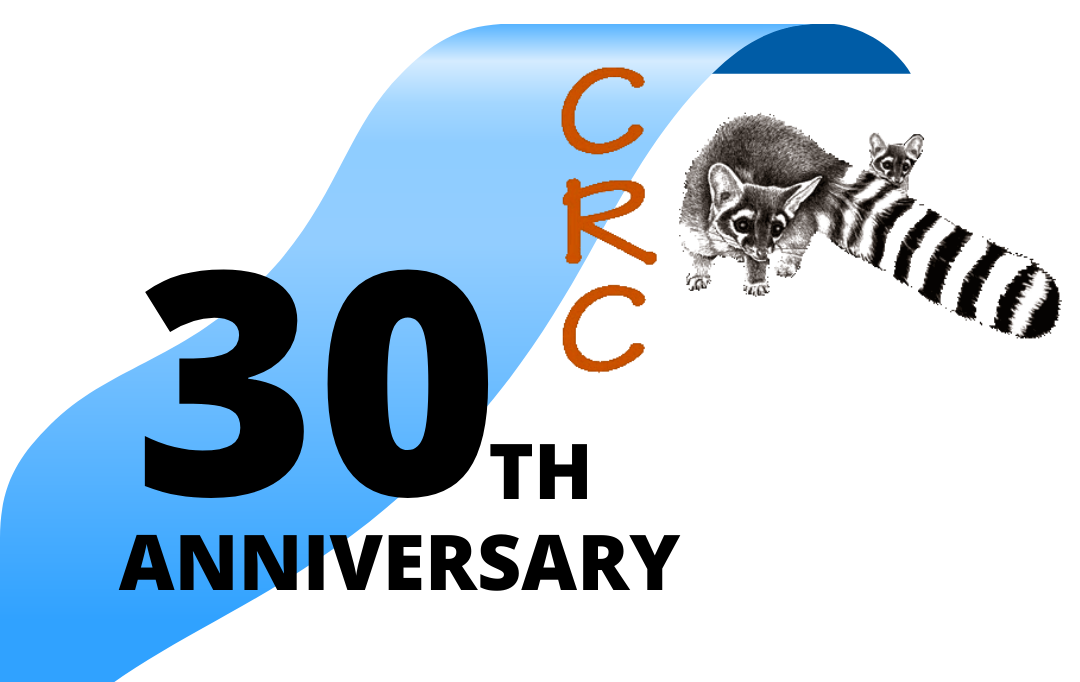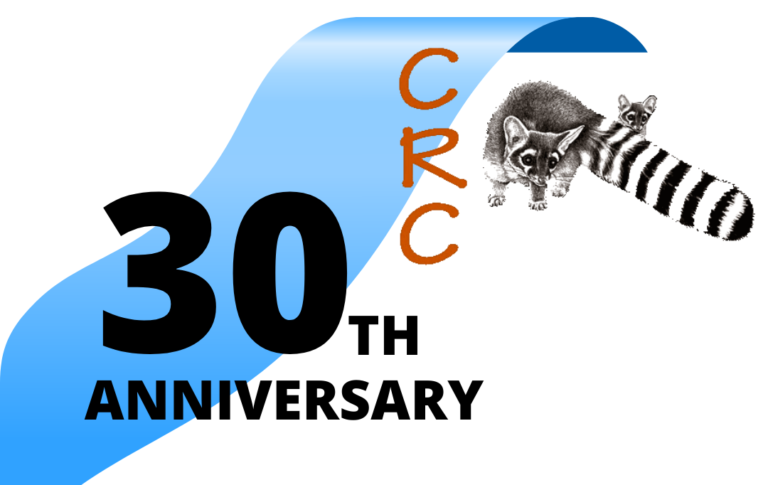9 – Johnson Peak prescribed burn (1998)
(This is a part of a series of gleanings from the history of CRC’s 30 years of work; additional posts available here.)
In 1998, the Douglas District of Coronado National Forest asked CRC to comment on its proposed Johnson Peak prescribed burn within a 32,000-acre area between West Turkey Creek and Rucker Canyon. At that time, the area held the only pine and mixed conifer forest not affected by the lightning-caused Rattlesnake Fire of 1994. The forest around Johnson Peak had suffered from decades of well-intended but harmful fire suppression––scientists and managers had finally recognized that the policy of fire suppression in a region where fire is natural, created the conditions for much more catastrophic fires to come.
Our response: CRC supported the goals of the proposed burn, while urging the Forest Service to craft the burn so as to minimize soil erosion and to take other measures to foster the post-burn health of the forest.
Around this time, CRC Director Josiah Austin had been reducing soil loss, reestablishing streamside vegetation, and recovering perennial water flow at his ranch on the west side of the Chiricahua Mountains, through the construction of thousands of small dams built of loose rocks. CRC strongly urged the FS to build similar dams in the area of the Johnson Peak burn, but the Forest Service decided not to include those erosion-control dams in their burn plan.
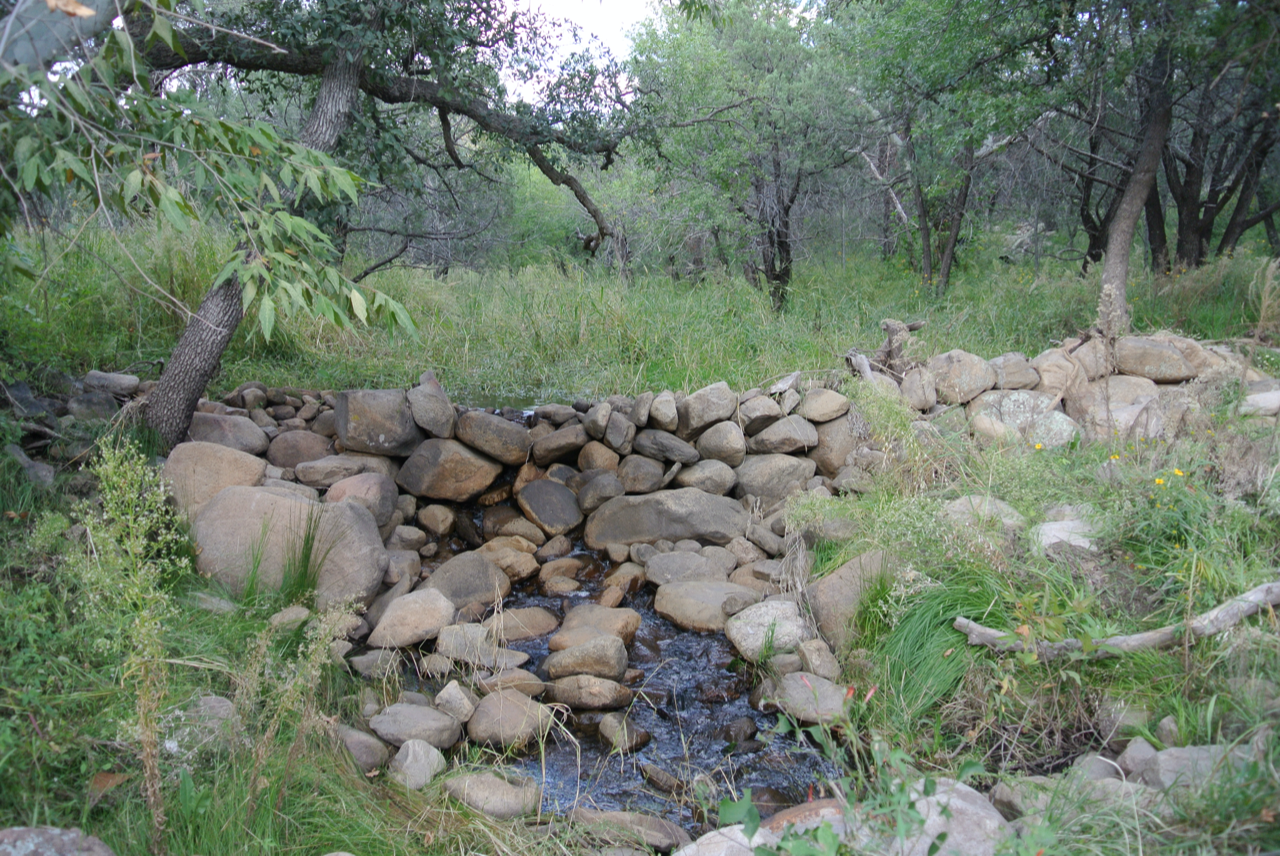
El Coronado Ranch, Chiricahua Mountains, September 22, 2012
(Photo by Narca Moore)
The CRC also urged that special consideration be given to the Apache race of the Northern Goshawk and to endangered Spotted Owls nesting within the burn area.
We were assured that the burn would be accessed on existing roads and trails only, and that no new roads would be constructed. The Environmental Assessment for the burn plan was expected in spring 1998.
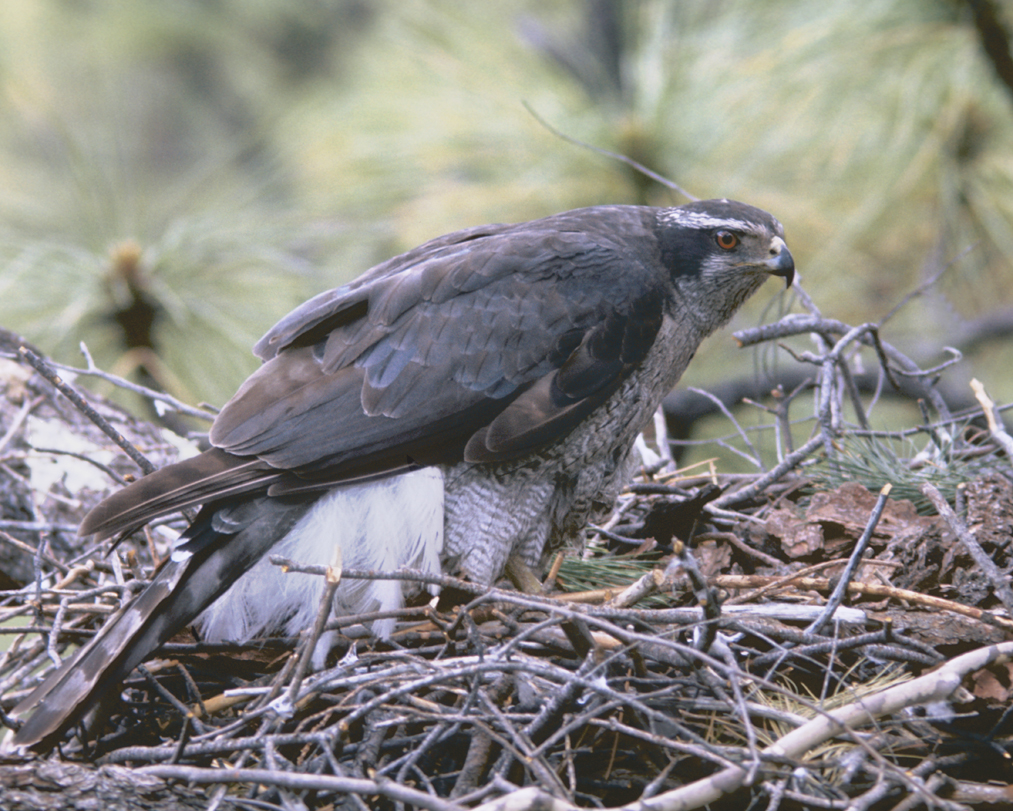
(Photo courtesy of Helen Snyder)
